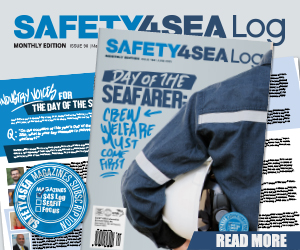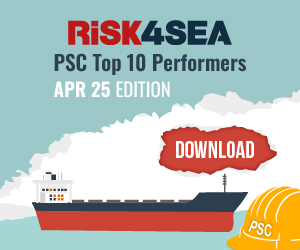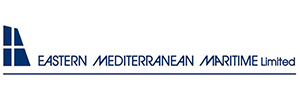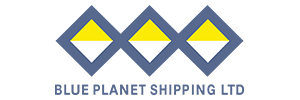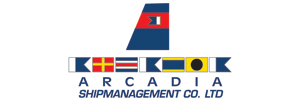The findings of the HyPNoS (Hydrodynamic Propeller Noise Monitoring System) research project indicate that significant reductions in Underwater Radiated Noise (URN) are achievable through enhanced propeller design and real-time monitoring systems.
The project established a quantitative correlation between hull vibrations and URN emissions, allowing for the development of an algorithm that predicts URN based on factors such as propeller speed and design. As informed, testing on BC Ferries’ Coastal class vessels demonstrated an average reduction of 5 decibels in URN with a modified propeller.
HyPNoS is a collaborative research initiative involving SCHOTTEL, Transport Canada, and BC Ferries, aimed at investigating and mitigating URN to protect marine life, particularly endangered species like the Southern Resident Killer Whales in the Strait of Georgia.
What is Underwater Radiated Noise (URN)?
Underwater Radiated Noise (URN) refers to the sound produced by marine vessels and other underwater activities, which can propagate through water. This noise is generated by various sources, including ship propulsion systems, hull vibrations, machinery operations, and interactions with the water.
URN can impact marine life, particularly species that rely on sound for communication, navigation, and foraging, such as whales and dolphins. Increased levels of underwater noise can interfere with these activities, leading to stress, behavioral changes, and even physical harm in some cases. Monitoring and managing URN is essential for protecting marine ecosystems.
The research combined hull vibration analysis and underwater noise measurements to create a unique on-board monitoring system that provides real-time feedback to vessel operators about their underwater noise emissions.
According to SCHOTTEL, this system not only enhances awareness of noise pollution but also allows for immediate operational adjustments to reduce URN during vessel operations.
Additionally, the project reportedly improved computational fluid dynamics (CFD) simulation tools for analyzing and predicting noise emissions, further contributing to efforts in preserving marine ecosystems and informing future propulsion system designs.
To remind, IMO has approved the Revised guidelines for the reduction of underwater radiated noise from shipping to address adverse impacts on marine life. These guidelines, which took effect from 1 October 2023, aim to reduce underwater radiated noise from ships and concern particular ship and equipment designers, shipbuilders and shipowners and operators, classification societies, suppliers, manufacturers and other stakeholders.









































